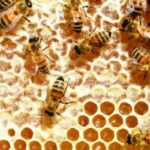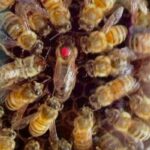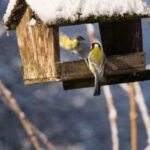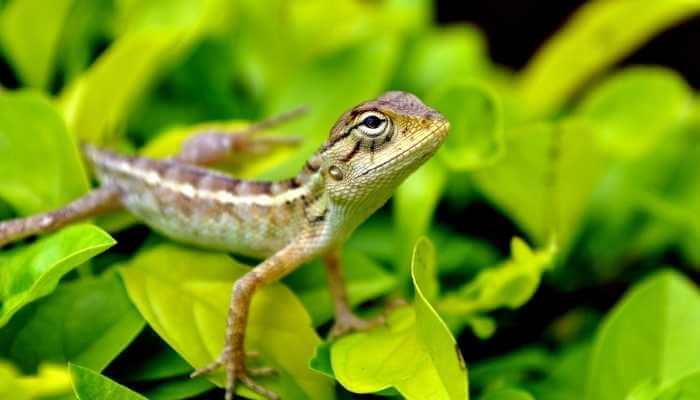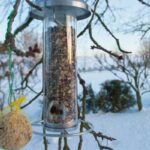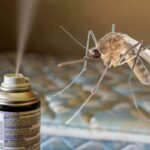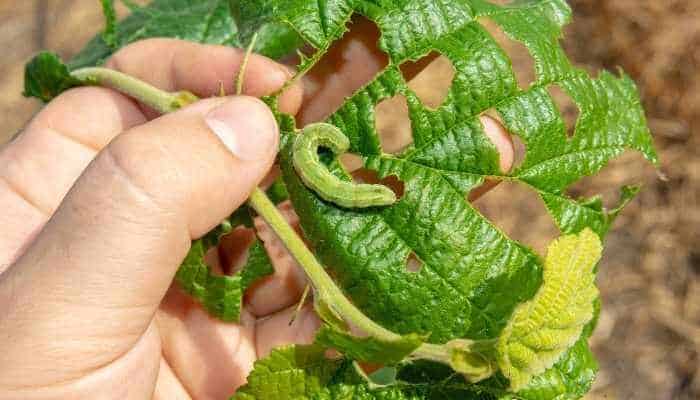There are plenty of reasons for having to get a new queen for your beehive. The hive could be in decline because of an older queen, the queen may have died without a successor, or the queen may have swarmed and the successor wound up non-viable. So what to do?
Requeening is the act of replacing one queen bee with another. What’s important is to know for sure that your hive needs a new queen, then test that new queen with the hive in question to be sure they will accept her and not kill her.
Want to know more about the whole process and what to expect? Keep reading!
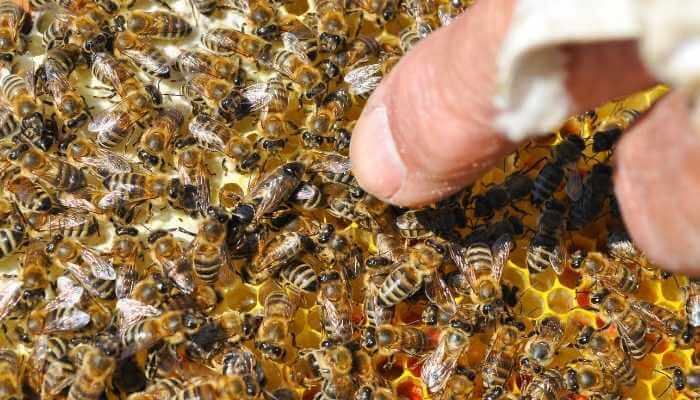
What Should You Expect When Getting a New Queen Bee?
First of all, you should be prepared to pay a decent amount of money for a good, healthy, calm queen bee. There are various factors involved in deciding the price of a new queen. There are also specific places to find them. I wrote an article concerning that, so I’ll link it and move on to the topic at hand.
Remember that you should be absolutely sure that you need a new queen bee before introducing one to the hive. If there is already a queen in there, the workers will see the new queen as an intruder, and if they can get to her, they’ll kill her. Actually, they don’t have to get to her to kill her. They can make her have a heat stroke.
Just because the hive doesn’t have many eggs and the original queen is no longer there doesn’t automatically mean that you need to requeen. Have a new queen ready to be ordered, but give it at least a month. The original queen may have led a swarm elsewhere, splitting an overabundant hive. In the meantime, she will not have laid many eggs in the week preceding the journey, and her successor may not have fully developed.
How Can You Tell That the New Queen Is Healthy?
The younger the queen, the healthier they usually are. The international queen marking color code was created as a worldwide code that all beekeepers can understand. The colors are used to show which year the queen was born and help beekeepers find the queen easier when they’re inspecting the hive.
| Color | Year Ending In… |
|---|---|
| White | 1 or 6 |
| Yellow | 2 or 7 |
| Red | 3 or 8 |
| Green | 4 or 9 |
| Blue | 5 or 0 |
Sure, you can inspect the new queen and be sure she’s acting normally for an insect royalty placed in a small container. Otherwise, it’s difficult to tell before introducing a new queen to her colony and seeing how she performs – if she’s healthy or not.
There are things to look for both when deciding to requeen and also after you’ve requeened that can tell you she is a healthy queen. The number of workers should increase. If a queen had something happen to them and the spermatozoa of the mating company got damaged, the queen might only lay eggs for drones and that can be bad. If the queen has a disease…well, that could cost you a hive. So buy from a reputable source.
What Methods Can Be Used for Introducing a New Queen to a Hive?
One thing that a lot of beekeepers use for the introduction of a new queen is a specialized frame made for this purpose. It’s an indirect method that involves a frame where the new queen is stuck with s few worker bees from the original hive.
Remember – bees die every day, and have a short life cycle if they are a worker. So if some of the workers in the box or frame are dead, that’s natural.
If not a frame, the queen will be in a box – either plastic or wood and wire. She can only get out if worker bees eat away at the food plug in her compartment. While the plug is eaten through, the bees are introduced to the new queen and her scent. Once she is freed, she is usually accepted.
You can wait days for releasing the new queen into the hive, but most beekeepers I’ve read about suggest releasing them as soon as possible. So long as they’ve been accepted, they can begin their rule of the hive and get things on track.
How Do You Know the Hive Is Accepting the New Queen?
Well, it’s easier to tell if they are not receptive to welcoming a new queen. Place the box the new queen came in on top of the frames in the hive. If the bees try to kill the queen by biting and stinging her or forming a ball around her to try and kill her with heat, obviously, they want nothing to do with her. So, take her away and try again the next day.
Now, the difference between attacking bees and curious or welcoming bees is something that you may need to physically explore. In several articles, I’ve read that bees who are attacking the new queen will be challenging to remove from her cage. But bees that are just curious and welcoming will be easy to push off of the cage. It’s like they just want to see her, not rabidly try to get to her to kill her.
If the hive doesn’t accept the new queen, you also may want to search the hive for another queen. Remember, they can create their own queen, and if there’s already a queen in place, they will refuse any intruder queens. You need to be sure there isn’t a queen already there.
If the hive does accept the new queen, her cage can then be placed within the hive so that the worker bees can chew away the food plug to get her out and let her begin the duties of her royal position.
Just Remember
There are way too many variables in breeding a queen bee. There can be no guarantee of what genetics you will get unless you pay big money to have an artificially inseminated queen for your hive. So getting what you want out of a new queen may happen or may not happen. There’s a lot of luck involved.
There are ways to be certain that you need a new queen – if you’re not looking to change genetics but just think you’ve lost your queen. Know the signs and be absolutely sure that the previous queen is gone and there is no successor to her throne before trying to introduce a new queen bee.
Hopefully, this article was some help for you, and if you want to do more detailed research, I’ve listed my sources below. I also have other articles on Backyard Boosts about bees and beekeeping. Thank you for reading!
SOURCES:
https://www.beekeeping-101.com/
https://growingsmallfarms.ces.ncsu.edu/growingsmallfarms-beekeeping/
